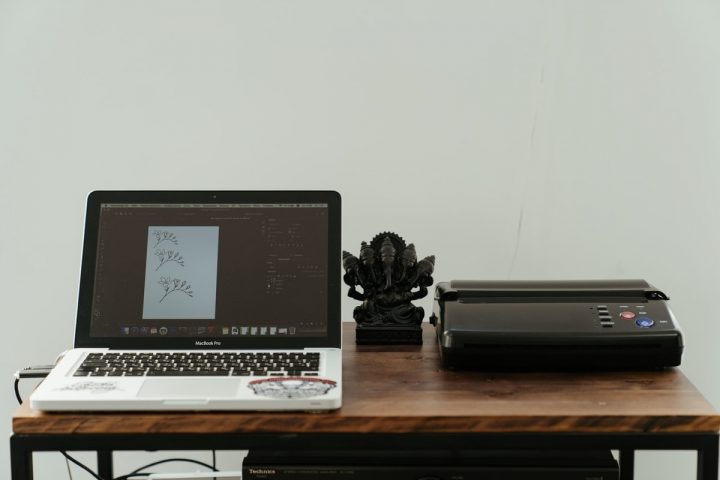An Artist’s Guide to Perfect Printing
After putting so much time and effort into your artwork, you will want to be sure that you do it justice when the time comes to print. The printing process can be overwhelming for artists but learning how to conquer this task is crucial for your success in the art world going forward.
It’s important that your prints reflect the vibrancy and allure of your work to ensure that they are well received by your clients, prospective buyers, galleries and the general public.
Following the best printing practices will help you to create the very best prints of your work possible. There are many different elements that contribute to quality printing and it’s important you have the understanding to allow you to master the printing process.
With a grasp of the primary components of the printing process and how each of these elements can impact the final print will allow you to create prints that you can truly be proud of.
Let’s take a closer look at a few key elements of the printing process to help you showcase your artwork in the best light possible.
Use The Right Equipment
While hiring a professional will guarantee the quality of your prints, you may not have the budget to hire a professional agency. However, the quality of home printers has improved drastically in recent years, allowing artists to create studio-quality prints from the comfort of their own homes.
Be sure to spend some time researching the right printer for your needs, as different printers will be suited to different types of projects. It’s also important to invest in good quality paper and ink cartridges such as the excellent line of Epson cartridges. If you want to earn a little bit of money from your cartridges then visit Sell Toner to learn more.

Consider Print Size
There is no limit to the range of sizes that you can print an image nowadays, so long as your image has the correct resolution. It’s important to think about this at the very beginning of your project so you can ensure that you have the right image resolution to achieve the final print size you desire.
The standard resolution for a printed image is 300 PPI or 300 pixels per square inch of printed paper. So, if your final print will be an 11×14, you will need 3300×4200 pixels. On the other hand, if you want a 24×24 print, you will need 7200×7200 pixels. Having a clear plan from the beginning of what you want the final result to look like will help you set yourself up for success from the outset.
Colour Concerns
Typically the biggest worry for most artists when it comes to printing is colour integrity. Achieving precise printed colours that are a true representation of your original work can be challenging but with the right approach, it is possible. There are two main colour profiles that you need to be aware of when printing; RGB and CYMK.
RGB is an acronym for ‘red, green, blue’ and represents those colours shown on screens making it the ideal choice for digital requirements. CYMK, on the other hand, refers to ‘cyan, yellow, magenta, and key (black) and is the standard for printing. CYMK is the most accurate option for projects, which utilise a lot of colours. Understanding and managing these colour profiles is crucial in ensuring optimal print output.
Create Perfect Prints Of Your Artwork
Creating the best possible prints of your artwork can be challenging but by understanding the key components of the printing process, you can achieve the results you want. Start by choosing the right equipment for your printing project and have a clear idea of what you want the final result to look like from the very beginning.
Take the time to understand colour profiles to ensure you get an accurate representation of your work will allow you to produce top-quality prints of your artwork. With the right approach, you can create stunning prints that will showcase your work, sell more prints and gain more traction in your art career moving forward.


